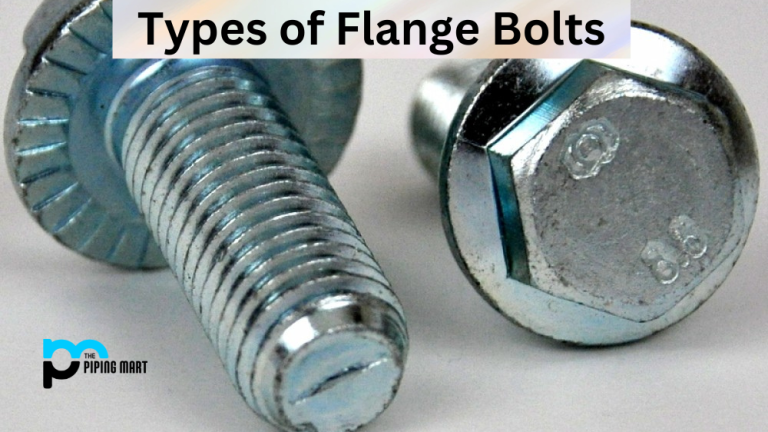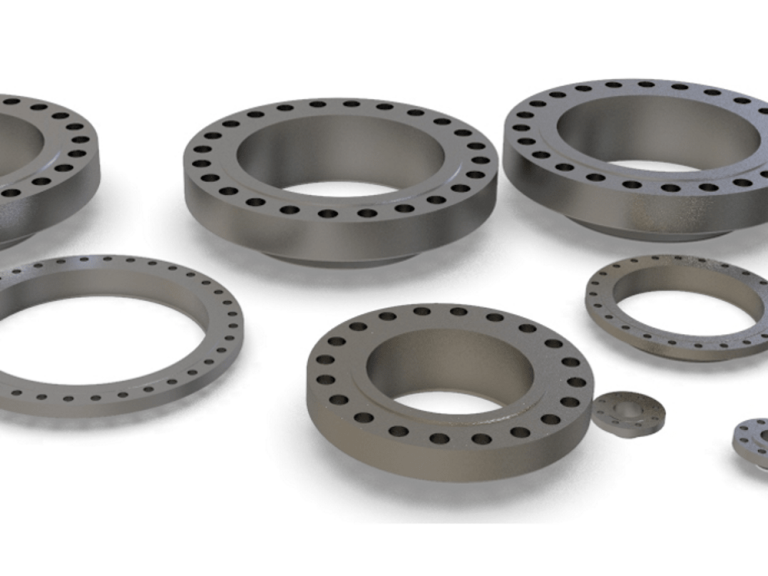Metal Stamping: Exploring Advanced Manufacturing Precision
In the manufacturing realm, metal stamping represents a transformative process that has revamped the creation of metal parts and components. Utilizing machinery and tooling, this method shapes flat metal sheets or coils into an array of complex designs and forms. Its versatility and accuracy have led to its extensive integration across diverse sectors.



1. What exactly is metal stamping, and how does it function?
Metal stamping embodies a manufacturing approach that converts flat metal sheets into desired shapes employing dies and presses. The process kicks off by inserting a flat sheet or coil of metal into a stamping press. Subsequently, the press exerts substantial pressure, coercing the metal into a die cavity, adopting the desired part’s shape. This technique allows for the creation of intricate designs and precise components with outstanding reproducibility.
2. What are some common applications of metal stamping?
Metal stamping is ubiquitous across various industries. In automotive manufacturing, it’s indispensable for fabricating brackets, panels, and engine parts. In electronics, stamped metal parts form integral elements of connectors and housings. Aerospace industries rely on metal stamping for crafting detailed components like brackets and fittings. Furthermore, stamped metal parts play a significant role in household appliances, construction, and medical devices due to their functional durability.
3. What advantages does metal stamping offer in manufacturing?
Metal stamping offers numerous benefits. Primarily, it enables the rapid and cost-effective production of large quantities of parts. Its precision ensures consistent quality during mass production. Additionally, it accommodates various metals, including steel, aluminum, copper, and alloys, catering to diverse industry requirements. Moreover, the process reduces material waste, presenting an eco-friendly manufacturing method.
4. How does nonwoven geotextile align with metal stamping?
Nonwoven geotextile, while distinct from metal stamping, plays a pivotal role in construction and civil engineering projects. Geotextiles aid in soil stabilization, erosion control, and drainage systems. Although unrelated to metal stamping, their manufacturing principles align in precision and versatility. Both nonwoven geotextiles and metal stamping contribute uniquely to enhancing project durability and functionality.



In conclusion, metal stamping serves as a cornerstone in modern manufacturing, offering precise and efficient production methods across diverse industries. Its adaptability and proficiency in crafting intricate components establish it as an indispensable process in engineering and production.


